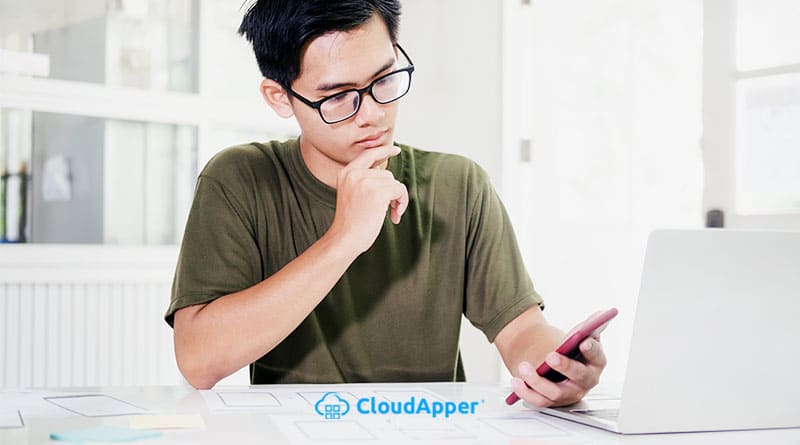Table of Contents
If your company has been operational for several years, the chances are that you use a legacy system. However, this is not ideal in the modern and ultra-competitive business environment.
Many employees have strong feelings about legacy systems, some good and some bad. But no matter how your employees may feel, now is the time to modernize that system.
Reasons for modernizing your systems
While legacy systems can be effective and still operable within many companies, there are several reasons why they should be updated for mobile devices.
- Legacy systems do not provide your company with the competitive advantages that newer systems can. For example, a system that is operable on a mobile device.
- The systems are slow, outdated, and lack a lot of the features that are commonly used within a company’s workflow.
- Legacy systems are costly, and no longer as reliable as the cloud-based systems commonly used today. The cost of maintaining a legacy system, in most cases, outweighs the benefits of using it.
- Legacy systems are not as easily scalable within a company. They require significant IT support and are not as secure as modern work systems. This means they require a lot of attention and do not provide a lot of security in return.
Due to these reasons, we can see why some employees loath using legacy systems. So how do you modernize it? Specifically for mobile devices which are now used by more companies.
Key considerations when modernizing your system
Well, change is inevitable, but before looking into how we can begin the modernization process, we will look at some key considerations to take into account. By taking into account these two key considerations beforehand, the process will become much smoother.
First, review the legacy system being used within the company. This is done to understand the solution it provides and the cost of running the system.
Second, organize the legacy systems. With an understanding of what it is that the legacy system provides to the company, you can now understand which ones can be replaced with modern mobile applications.
How to modernize your legacy system
Now that your company understands what it is that must be replaced, how do we modernize legacy systems with the help of mobile devices? This can be done in three simple to follow steps.
Ensure your company’s documentation is in order
Employees and companies alike can often become complacent with legacy systems. They often assume the documentation is up to date or in the correct place. However, legacy systems have been used by numerous employees over the years and the chance of all the information being accurate and in the right place is slim. This is often the case with any system where the information is being updated by many people and it can lead to many issues. It is crucial that the company reviews and ensures all of the documentation stored on the legacy system is in order before being transferred to a mobile application.
Determine whether the system has any integration points
If you are replacing a legacy system with a mobile application, it is vital to understand if there are any integration points. Replacing legacy systems can have a ripple effect on the systems that work synergistically with the legacy system. These should be noted and integration into a mobile application must be reviewed.
Engage the employees to assist in adopting the modern system
Workflows are often built around a system that allows the process to be executed. With a mobile application being introduced, the workflow can be reviewed. Engaging the employees that carry out the workflow and displaying the benefits of a new system ensures a smoother adoption process.
Conclusion
By taking into consideration certain points and following the steps suggested, modernizing a legacy system to a mobile application platform, such as CloudApper, does not need to be difficult, and your company can reap the benefits of doing so.
What is CloudApper AI Platform?
CloudApper AI is an advanced platform that enables organizations to integrate AI into their existing enterprise systems effortlessly, without the need for technical expertise, costly development, or upgrading the underlying infrastructure. By transforming legacy systems into AI-capable solutions, CloudApper allows companies to harness the power of Generative AI quickly and efficiently. This approach has been successfully implemented with leading systems like UKG, Workday, Oracle, Paradox, Amazon AWS Bedrock and can be applied across various industries, helping businesses enhance productivity, automate processes, and gain deeper insights without the usual complexities. With CloudApper AI, you can start experiencing the transformative benefits of AI today. Learn More

















